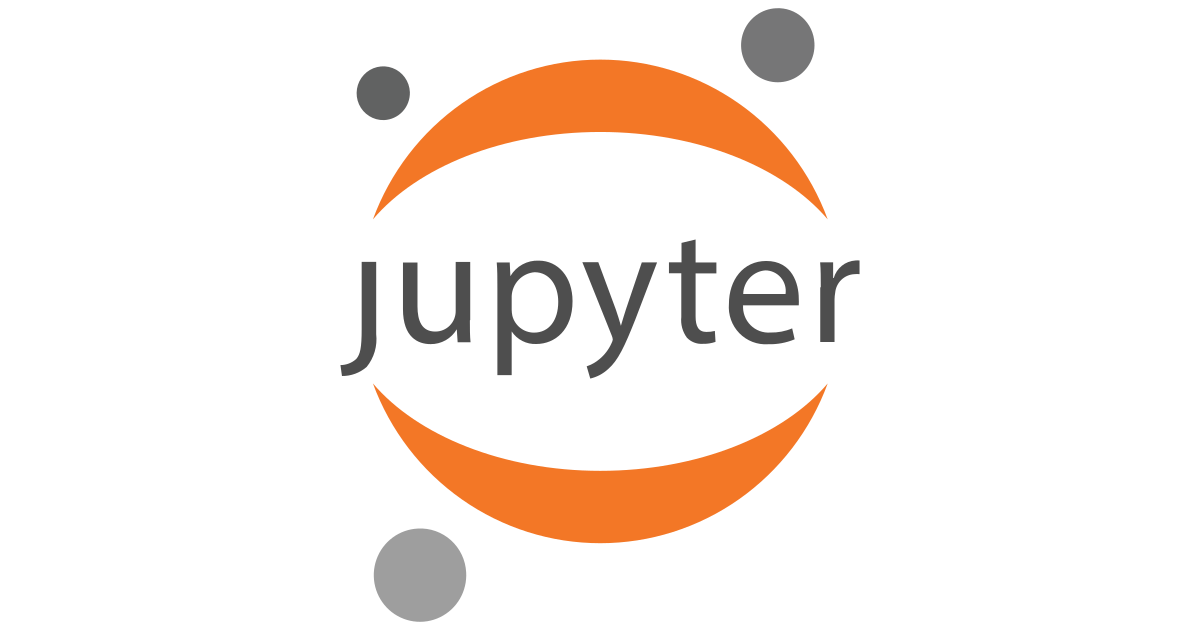Jupyter Notebook is an open-source web-based application that enables one to create, and share computational documents which contain live code, equations, visualizations and explanatory text. Just like the project Jupyter, Jupyter notebooks were first called IPython notebooks, which were also part of the IPython project by Fernando Pérez.
A notebook is like a document that you can access via a browser and allows you to save your live code, the output of interactive sessions, and the explanatory or narrative text.
A notebook is easily shareable. You can save it and convert it to an open standard format such as HTML, PDF, LaTeX, Markdown, and Python by downloading it and then sharing it.

It is possible to use container technology, such as Docker, to package your notebook, a notebook server, any libraries you need, your data, and a stripped-down operating system, into a single downloadable object.
Jupyter notebook has two main components, which are:
Notebook documents - This is a representation of all content visible in the web application, including inputs and outputs of the computations, explanatory text, mathematics, images, and rich media representations of objects.
A web application - This is a browser-based interactive for rendering notebook documents.
Jupyter Notebooks Online
The Jupyter Notebook has gained considerable popularity in recent years, primarily due to its interactive nature, ease of use, and versatility in programming languages, including Python, R, and Julia, among others. It has become an integral part of data science, machine learning, and computational science workflows. However, the rise of cloud computing and web technologies has brought forth a new wave of online Jupyter Notebook experiences, allowing users to work on their notebooks on the web without needing to install anything on their local machines. You can try do this for free on Saturn Cloud.
Online Jupyter Notebook Platforms
Online Jupyter Notebook platforms have proliferated, with many options available for users to choose from. These platforms offer a variety of services, including the ability to create, edit, and share Jupyter Notebooks online. Some popular platforms include Saturn Cloud, Google Colab, Microsoft Azure Notebooks, IBM Watson Studio, and Databricks. These services often come with additional features like collaboration tools, GPU access, and integration with other data science tools.
Jupyter + Python Online
One of the main reasons behind the popularity of Jupyter Notebooks is the extensive support for Python, one of the most widely used programming languages in the data science community. Online Jupyter Notebook platforms also provide a robust environment for running Jupyter Python online. Users can write and execute Python code, visualize data, and create rich, interactive documents. Furthermore, these platforms often come equipped with a variety of Python libraries pre-installed, making it easier for users to start their data analysis without having to worry about setting up their environment.
Jupyter Notebooks on the Web
Jupyter Notebooks on the web offer a more accessible and collaborative environment for data analysis and scientific computing. They facilitate seamless sharing and collaboration, as notebooks hosted online can be accessed by multiple users from different locations. Moreover, these platforms usually have options for version control, ensuring that changes to the notebook can be tracked and reverted if necessary.
In addition, Jupyter Notebooks on the web can be used as a teaching tool, allowing instructors to create interactive course materials that students can access and interact with online. This interactive nature of Jupyter Notebooks has revolutionized the way programming and data analysis is taught in classrooms.
Jupyter Online: Accessibility and Flexibility
The ability to use Jupyter online has made it more accessible to a broader audience. Users can access their Jupyter Notebooks from any device with an internet connection, allowing for more flexibility. Whether you’re a data scientist needing to share your latest findings with your team, a teacher creating interactive lessons for your students, or a researcher collaborating on a project, the online Jupyter Notebook platforms provide the tools you need to work effectively and collaboratively. In summary, the online Jupyter Notebook platforms have made it easier than ever to create, share, and collaborate on Jupyter Notebooks. They have not only made data science more accessible but also revolutionized the way we teach and learn programming and data analysis.
